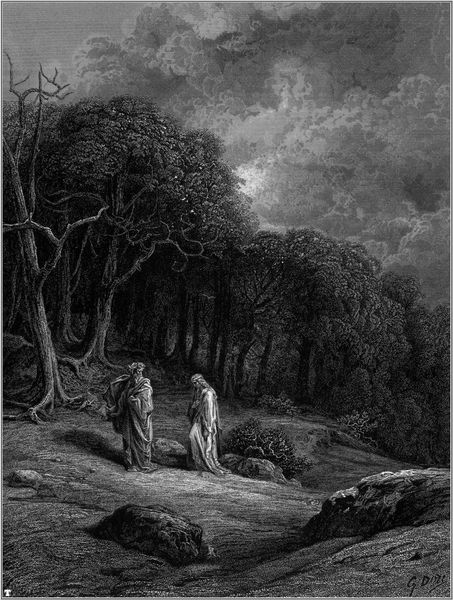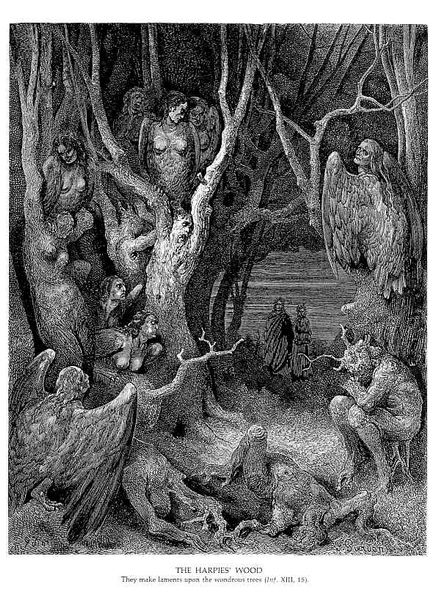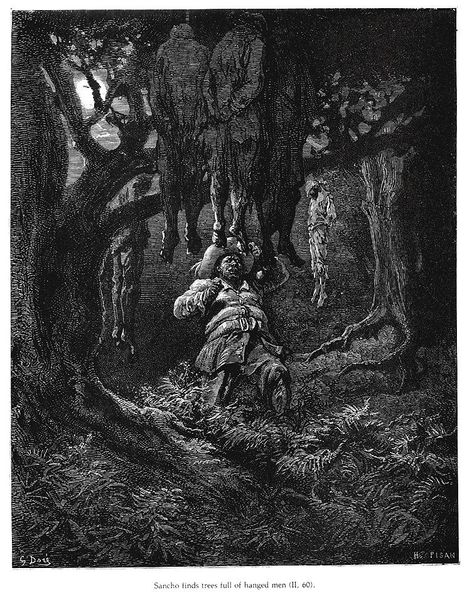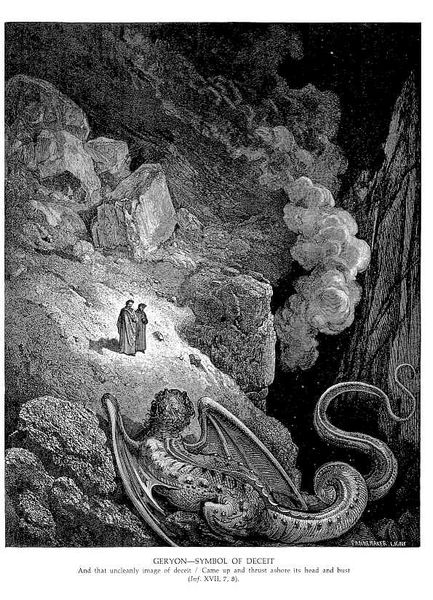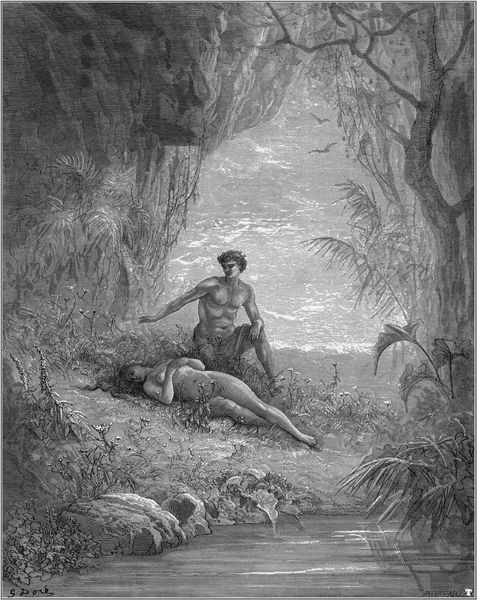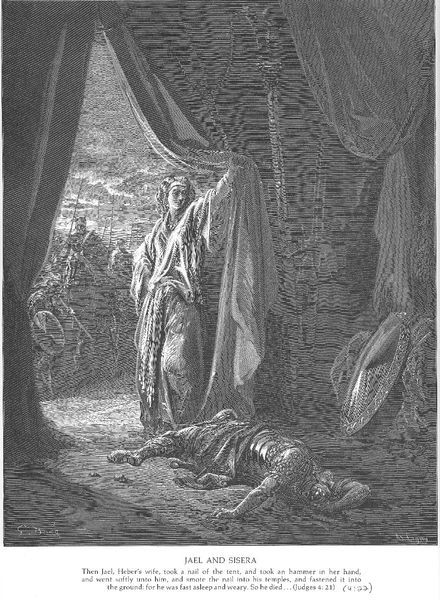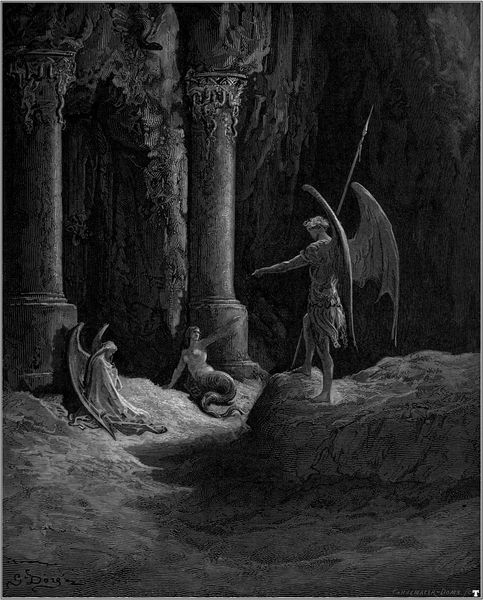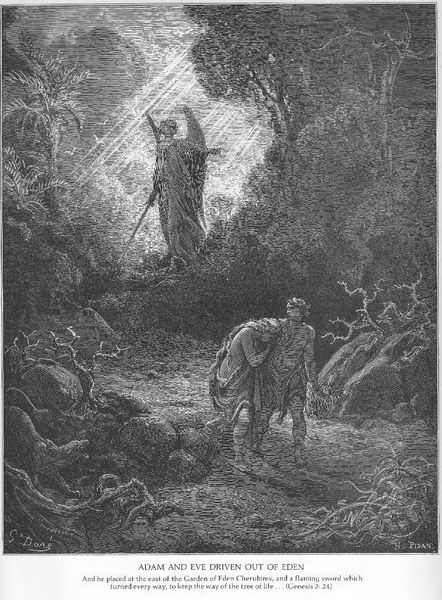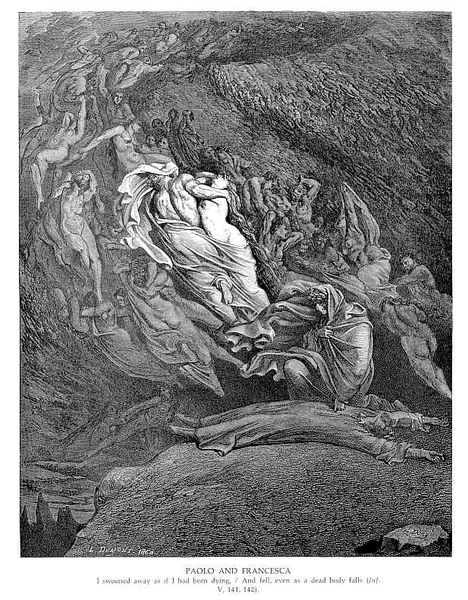
drawing, charcoal
#
drawing
#
narrative-art
#
landscape
#
charcoal drawing
#
figuration
#
romanticism
#
charcoal
#
charcoal
Copyright: Public domain
Editor: So, this is Gustave Dore's "Idylls of the King," a charcoal drawing. It's incredibly detailed; the contrast between light and shadow is striking. There’s something both intimate and slightly ominous about the figures nestled beneath that huge tree. What strikes you most about this work? Curator: It's compelling how Doré manipulates the pictorial space. Consider the deep, recessive darkness of the forest contrasting with the relative illumination of the foreground. Note how this reinforces the central theme not by symbolic cues but the distribution of dark against light. What principles seem to govern the structure here? Editor: It does feel almost theatrical. The tree, with its dramatic roots, seems to frame the figures, pushing them forward. The use of line seems crucial in defining the textures and creating this intense atmosphere, like looking at a stage set. But how does this connect to the titular "Idylls of the King"? Curator: The connection lies not in direct representation but in atmospheric evocation. Observe the rendering of the figures: their postures, while seemingly tender, possess a certain rigidity. Dore transforms narrative elements to engage a subjective reading of the literary work. How does this emphasis on compositional values shift our understanding? Editor: I see now. Focusing on line, light, and shadow detaches it from just being an illustration. Instead, we grapple with how the artist used those elements to translate, and ultimately, intensify, the source material’s emotional core. Thank you. Curator: Indeed. Close formal examination allows us to discover that the visual properties of Dore’s drawing go beyond the anecdotal level and move towards the more interesting possibilities within visual language itself.
Comments
No comments
Be the first to comment and join the conversation on the ultimate creative platform.

